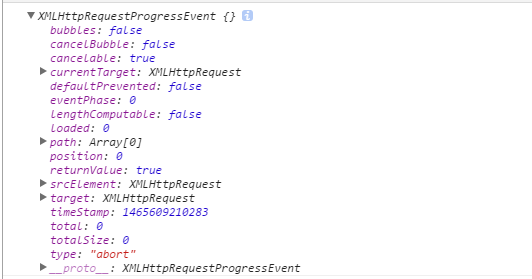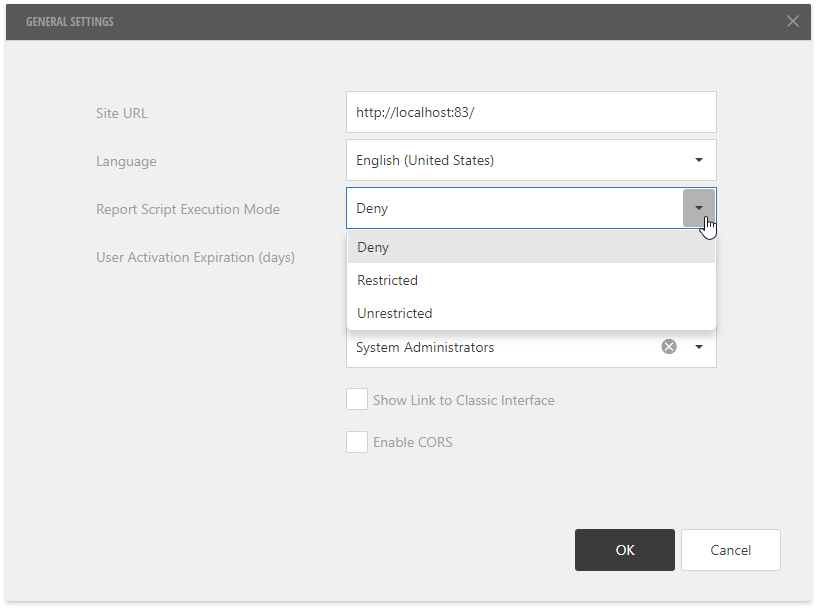可以将文章内容翻译成中文,广告屏蔽插件可能会导致该功能失效(如失效,请关闭广告屏蔽插件后再试):
问题:
Let's suppose you have a page with a relatively strict doctype and HTML markup that's pretty close to compliant, but perhaps misses in a few silly ways, perhaps because of user content that's out of your control... say you're working on a content management system or a theme for a content management system where you control some basic structure and need some javascript, but you're not responsible for everything else that goes into pages.
How can you tell (or: what will determine) when the browser decides to go into "quirks" mode rather than use it's more standards compliant engine?
I'm looking for answers for each of the major browsers, since IE, Chrome, Safari, and Firefox will of course all handle that differently. Is one single error enough to force it or do you have some leeway?
回答1:
In Firefox and Opera you can determine if your browser is in "quirks mode" by checking page info.
Using document.compatMode, will tell you the mode you are in with most browsers.
In Chrome, Safari, and IE, run this javascript in the address bar:
javascript:window.alert('You are in ' + (document.compatMode==='CSS1Compat'?'Standards':'Quirks') + ' mode.')
(note that you'll need to re-type the javascript: portion after pasting into your address bar, due to recent security changes)
回答2:
As you can query the render mode in JavaScript you can have a Bookmarklet which will tell you which render mode a page is using.
I found this render mode bookmarklet which works well for me:
javascript:m=(document.compatMode=='CSS1Compat')?'Standards':'Quirks';window.alert('You%20are%20in%20'%20+%20m%20+%20'%20mode.');
回答3:
The full answer to your actual specific question of 'Is one single error enough to force it or do you have some leeway?' is that it totally depends on the error. For example,
<!-- Comment -->
<!DOCTYPE html PUBLIC "-//W3C//DTD XHTML 1.0 Strict//EN" "http://www.w3.org/TR/xhtml1/DTD/xhtml1-strict.dtd">
will force quirks mode in IE 6 & 7 despite not really being an error (they just throw a total wobbly when the very first line of the file is not a declaration).
A quick list of types/quirks can be found here
Try sticking the following line in your HTML for testing (very bad javascript behavious I'm passing on here - sorry...make sure this never goes live :)
<a href="javascript:alert(document.compatMode);">What mode am I?</a>
回答4:
According to http://www.quirksmode.org/css/quirksmode.html :
"The problem was that some pages written in quirks mode did have doctypes. Therefore each browser has its own list with doctypes that trigger quirks mode. See this browser comparison chart for an overview of these lists : http://hsivonen.iki.fi/doctype/"
Hope this helps
回答5:
If you tell IE that it should be strict (via doctype) it will not change its mind halfway through the page.
回答6:
If I understand quirks mode correctly, a page that does not validate against its declared doctype is not enough to trigger quirks mode. It just won't display correctly.
The best resource I've found for determining how different browsers handle each doctype is here.
回答7:
For Firefox with Web Developer Toolbar add on, you can look at the trio of icons on the right of the bar. The leftmost one tells you what mode you are in.
回答8:
In IE you will see it in the developer tools (pressing F12), it says it in the menu: Document Mode:...
And you can also force a different mode there.
回答9:
in html5 page, write "<!DOCTYPE html>" start with page can change to
document.compatMode='CSS1Compat'




